Secrecy attracts attention. The more a group keeps its activities hidden, the more people wonder what it’s doing and why it won’t talk about it. Secret societies have existed for centuries, often meeting quietly, operating under strict codes, and controlling their own membership. They weren’t all powerful or dangerous, but they each had specific goals, rituals, and structures.
Here are some that operated behind locked doors, adopted symbols, and left behind traces of influence that still spark curiosity today.
Knights Templar
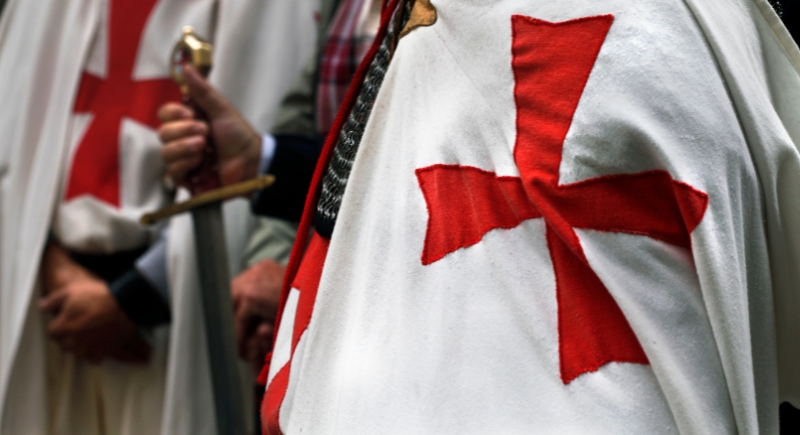
The Knights Templar, formed in 1118 after the First Crusade, began as a military order tasked with protecting Christian pilgrims traveling to Jerusalem. Over time, they expanded their role, managing land, collecting tithes, and developing a network for secure money transfers across Europe. However, their wealth alarmed King Philip IV of France, who arrested associates and seized their assets.
Freemasons
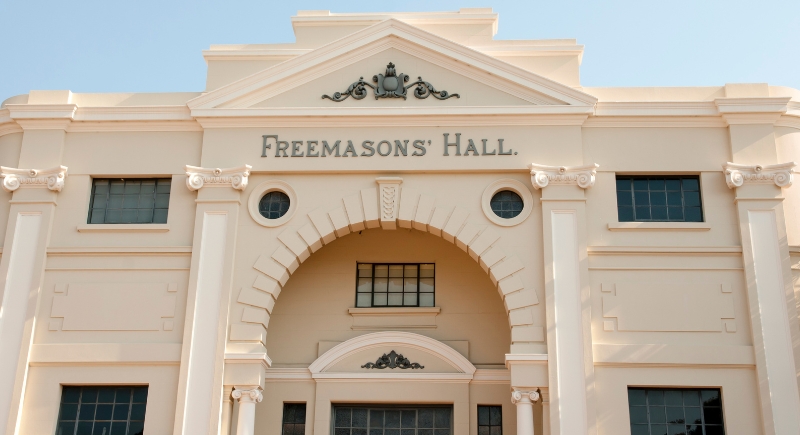
At its peak in early American history, Freemasons included signers of the Constitution, conflict generals, and city planners. They emerged from medieval trade guilds and later attracted thinkers and leaders. Lodges followed specific rituals and symbols, such as the square and compass. Meanwhile, constituents valued ethics, fraternity, and personal responsibility.
Ancient Order of Foresters
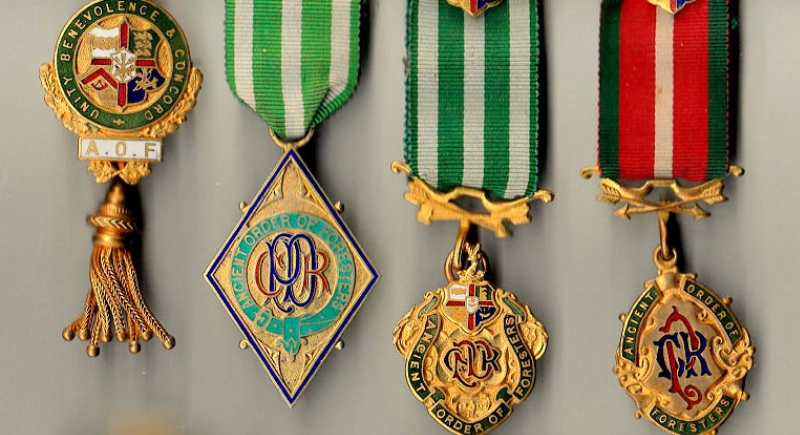
Before health insurance or public assistance programs existed, the Ancient Order of Foresters gave workers a way to manage illness, unemployment, and loss. Members paid small weekly dues into a shared fund that covered medical bills and funeral expenses. This model offered real security in uncertain times.
Illuminati
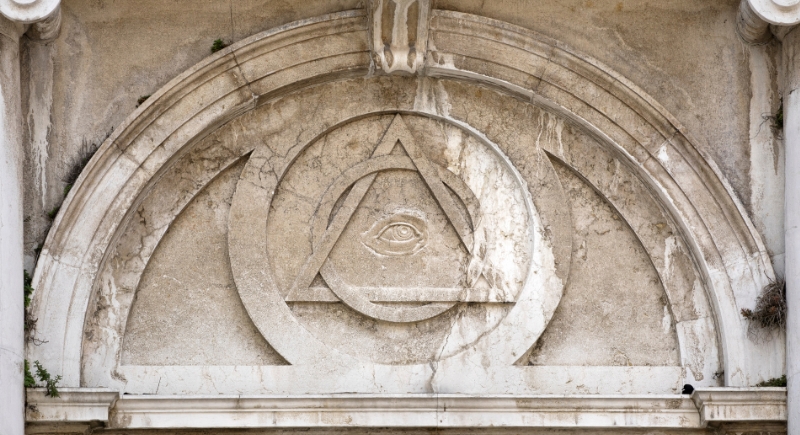
Weishaupt, a law professor in Bavaria, started this group in 1776 with a clear aim: to reduce the church’s political grip and encourage reason. The Illuminati kept a strict internal network and operated through aliases and codes. Although it lasted less than a decade, its name resurfaced in later political panics.
Skull and Bones
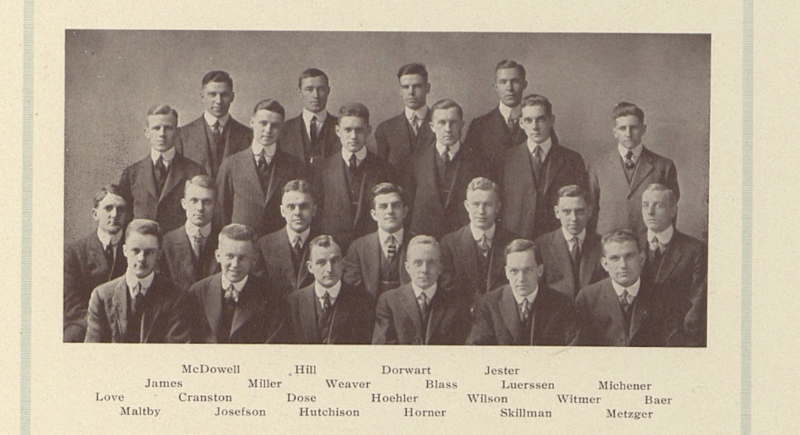
Members of Skull and Bones have included U.S. presidents like George H. W. Bush and George W. Bush, ex Secretary of State John Kerry, and influential business leaders. The society holds meetings in a windowless venue on Yale’s campus known as “The Tomb.” Inside, people follow carefully guarded rituals and discuss matters kept strictly private.
Bilderberg
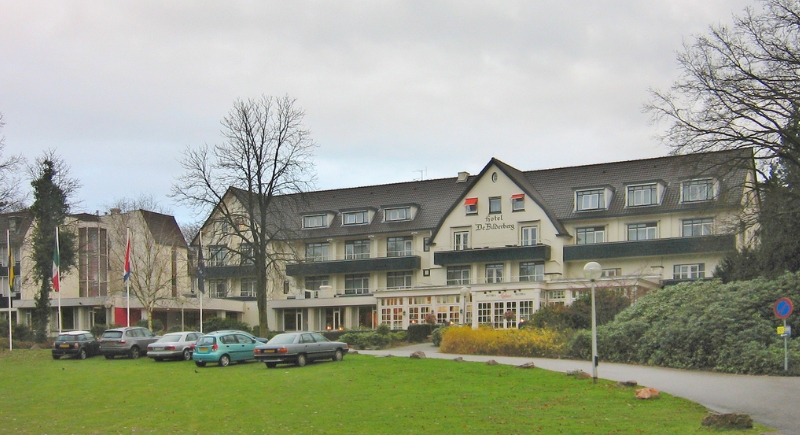
According to organizers, the Bilderberg Meeting offers a setting for open discussion among global leaders without the constraints of public scrutiny. Participants meet under the Chatham House Rule, which permits the use of shared information but forbids attribution. Since 1954, invitees have included heads of state, business executives, and academics.
Molly Maguires
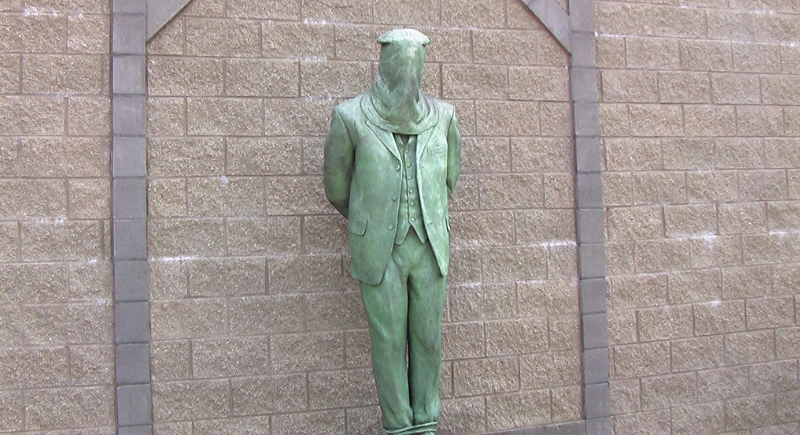
Historians still debate whether the Molly Maguires were a society or a loose group of Irish miners pushed to act. In the 1870s, Pennsylvania coal towns, harsh conditions, and discrimination fueled unrest. After several violent incidents, a Pinkerton agent infiltrated the group and gave testimony that led to 20 convictions.
Knights of Pythias
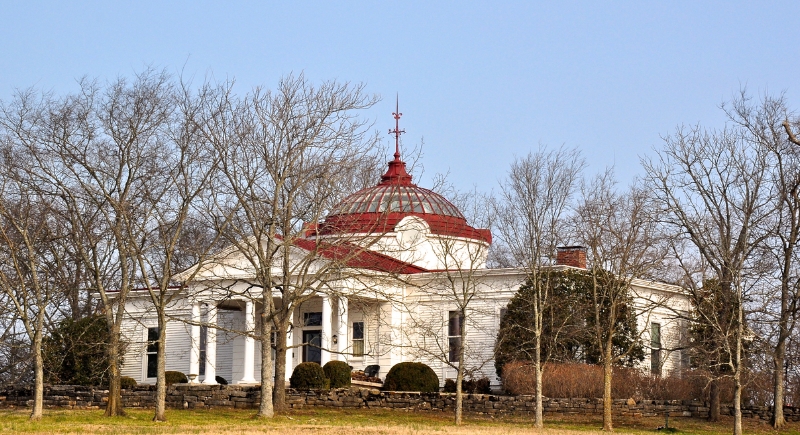
As of now, the Knights of Pythias continue to run community programs, youth initiatives, and service projects across local lodges. Though smaller than in its early years, the group still upholds its core values of friendship, charity, and loyalty. It remains one of the few fraternal organizations to hold a federal charter, granted by Congress during the 19th century.
Order of St. Hubertus
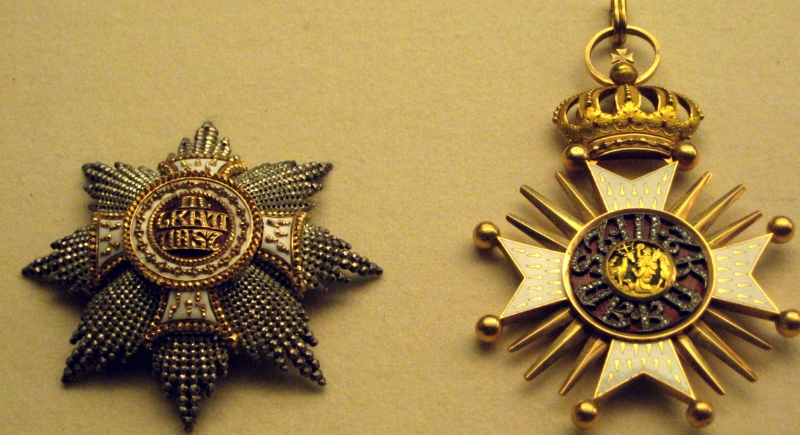
The Order of St. Hubertus gained public attention in 2016 when Justice Antonin Scalia died while attending one of its gatherings in Texas. It was known for promoting ethical hunting and wildlife conservation. However, when the order refused to align with Nazi ideology during Hitler’s rule, it was disbanded.
Improved Benevolent and Protective Order of Elks of the World
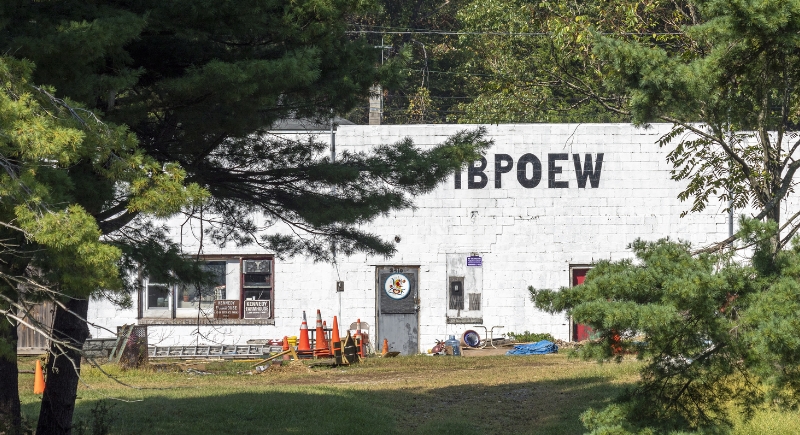
After being excluded from the original Elks group, two Black men in Ohio started their own version in 1898. The new organization quickly grew into a central institution for Black civic life. Lodges provided scholarships, hosted parades, and supported community leadership during the segregation era.
Ancient Order of United Workmen
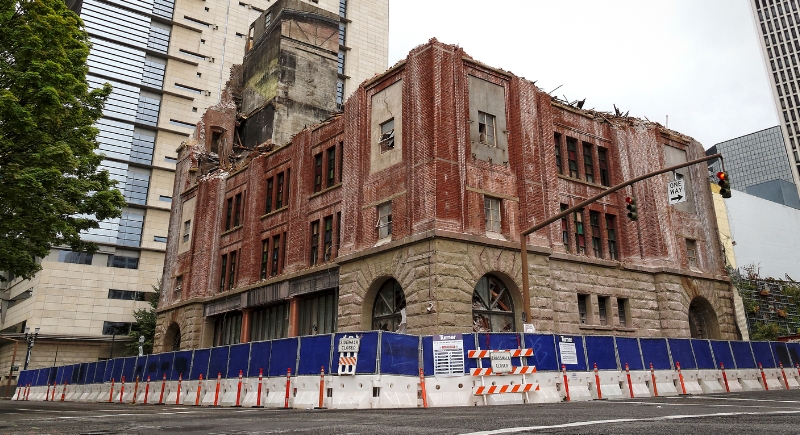
One of the first organizations to create a passing benefit fund, the Ancient Order of United Workmen gave laborers financial support. When a member passed away, every other person contributed a dollar to form a collective payout for the family. Beyond financial support, individuals gathered to discuss news and promote education.
Rosicrucian Order
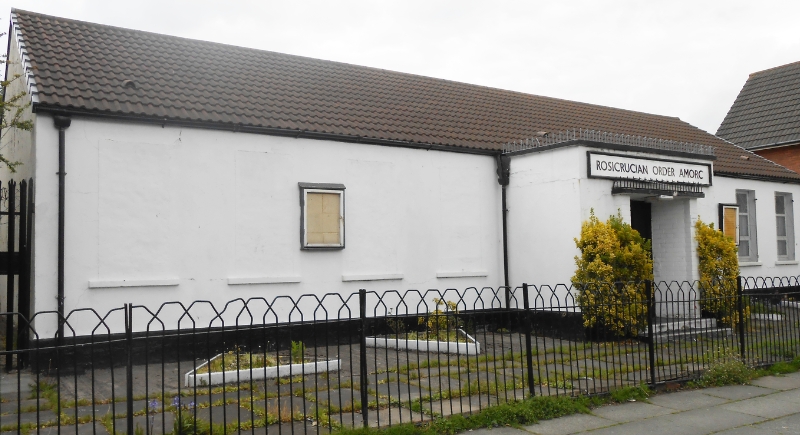
Early documents described a secret brotherhood guided by alchemy, ancient wisdom, and spiritual transformation. These texts appeared in 17th-century Germany and sparked widespread interest. Whether an actual group existed at the time remains unclear. Over the centuries, various organizations have adopted the name Rosicrucian and built their own systems of beliefs and rituals.
Patriotic Order Sons of America
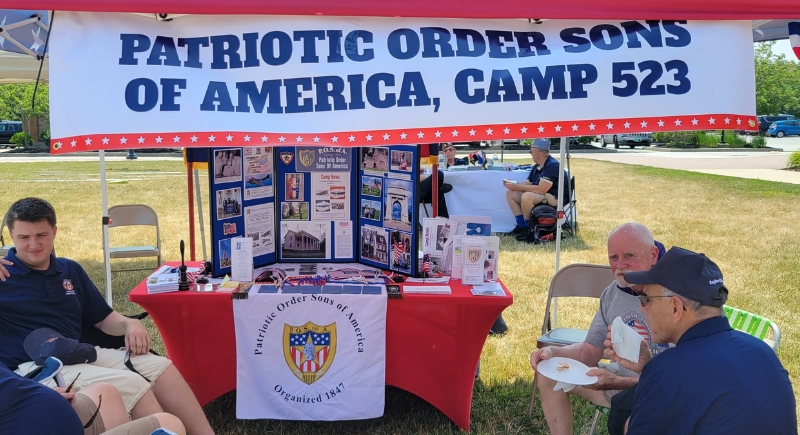
Membership in the Patriotic Order Sons of America once required being white, native-born, and male. The order described itself as patriotic and civic-minded but excluded Black Americans well into the 20th century. Public ceremonies and speeches celebrated American ideals, but the order’s early documents show a clear racial bias.
Odd Fellows
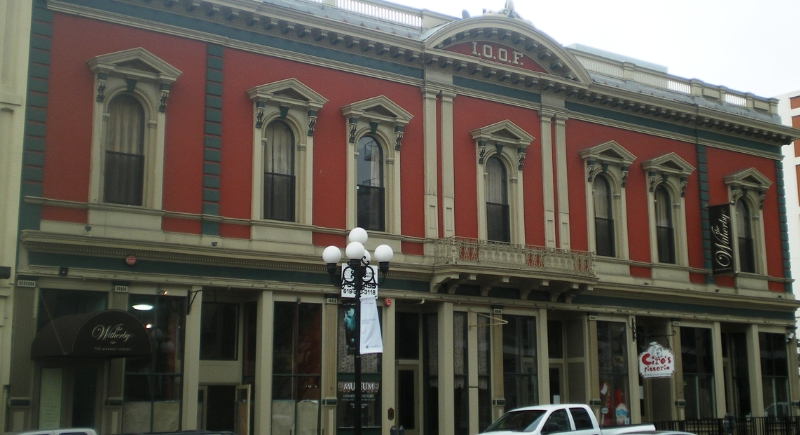
You might not believe it, but Odd Fellows lodges once displayed real skeletons for initiation ceremonies. These symbolized mortality and the importance of living with purpose. The group supported associates through illness, unemployment, and hardship while highlighting friendship and moral conduct.
Orange Order
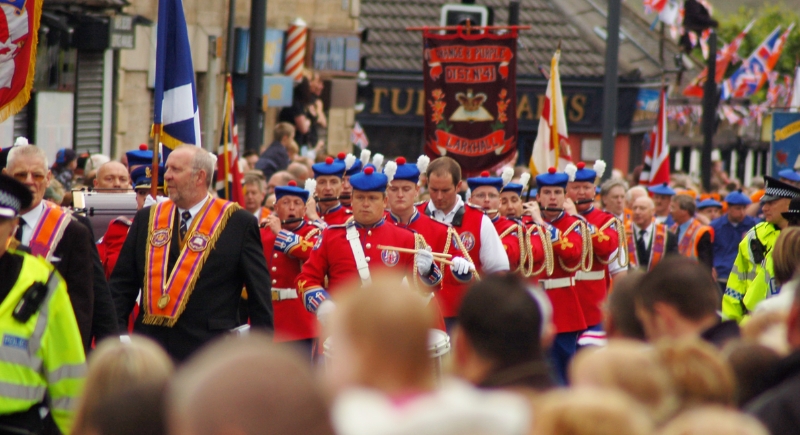
Critics of the Orange Order say its parades and membership rules deepen sectarian divides, especially in communities where Catholics and Protestants live in close quarters. Each year on July 12, it holds marches to commemorate Protestant victories, most notably the Glorious Revolution. Even now, admission remains limited to Protestant men who affirm specific religious principles.